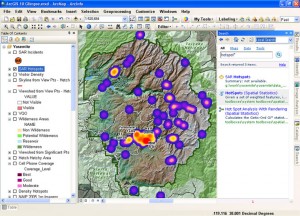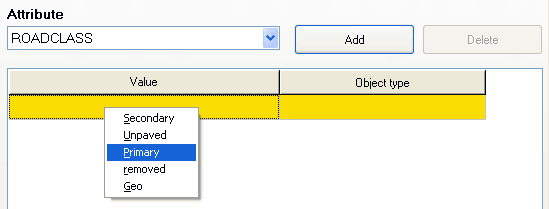
– Printing the maps is a pain if you don’t have a large-format print, especially if you’re only interested in printing a subsection. The USGS FAQ page mentions ArcGIS ($1500) and GlobalMapper ($350) as two options for converting GeoPDFs to GeoTiffs, but the price puts those out of reach of many.

– As mentioned, not supported by most GIS programs, and I know that USGS topos are often used as the background base layer for maps. Which is fine, but it still leaves some serious drawbacks with the format: The traditional 7.5-minute quadrangle layout and PDF format were selected as the best way to accomplish this objective the GeoPDF extensions were adopted because they added some cartographic value at no cost to the end user. The primary design objective was to provide these data in a convenient and familiar form to people who need maps but who are not professional cartographers. The US Topo represents a repackaging of these data, not new data creation. Almost all these data are from USGS and other government sources, and most are available for free through web services or file download sites. It was designed to serve users who need medium-scale topographic and orthoimage maps, but who are not GIS users. The US Topo was not intended to be a GIS product. This was a conscious decision by the USGS: On the other hand, the maps are currently only available in GeoPDF format, which limits their usability, particularly in GIS-related software.

Most data layers are vector, which means no more scaling/pixelization issues. On one hand, the maps are very nice – they have multiple data layers, each with a separate kind of data, whose view can be turned on and off. According to the current schedule, most of the US will have either full topos or “Digital Maps” by the end of 2011, with Digital Maps scheduled for upgrade to full topographic maps starting in 2012:

As of today, the coverage map looks like this:Īreas covered in red are full topographic maps in in digital format areas in yellow are “Digital Maps”, which have transportation features, boundaries, geographic names and aerial imagery, but no topographic contours or hydrographic features. The USGS is well on its way to having updated all its 1:24,000 scale topographic maps (the classic 7.5-minute series) to digital format.


 0 kommentar(er)
0 kommentar(er)
